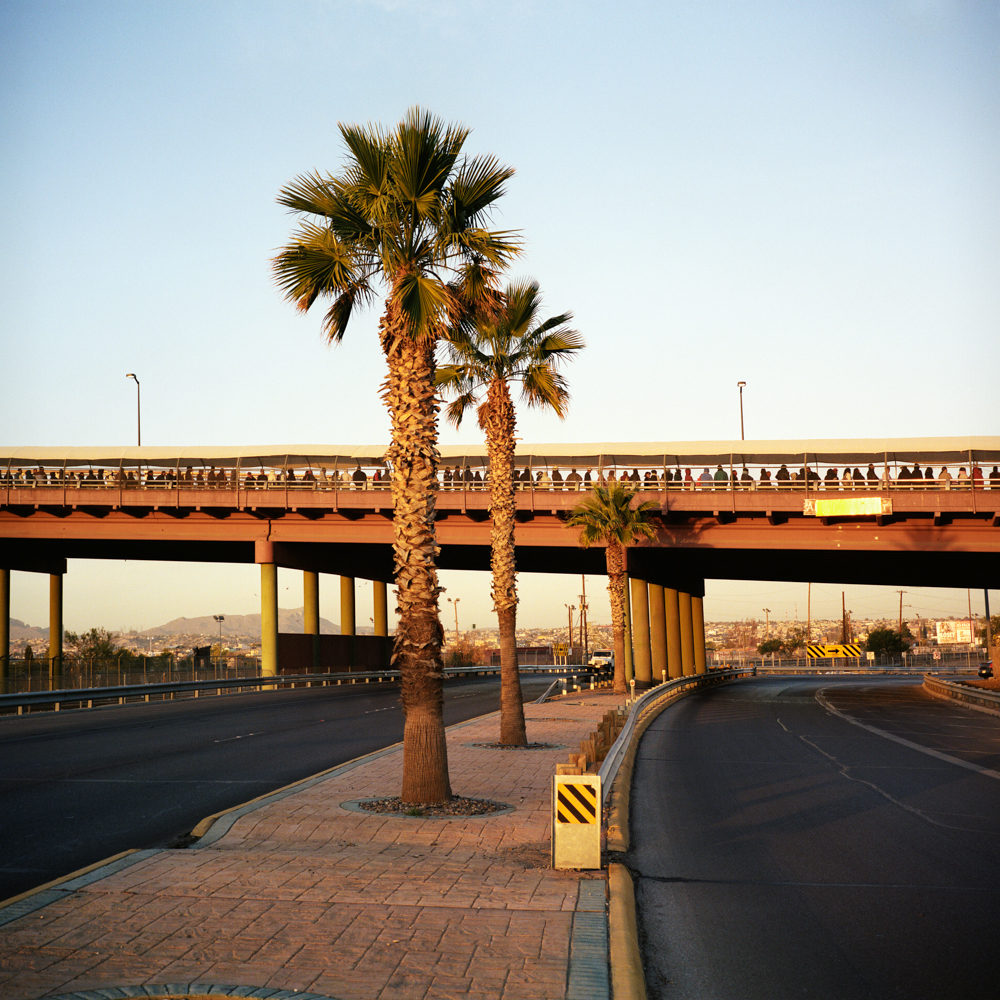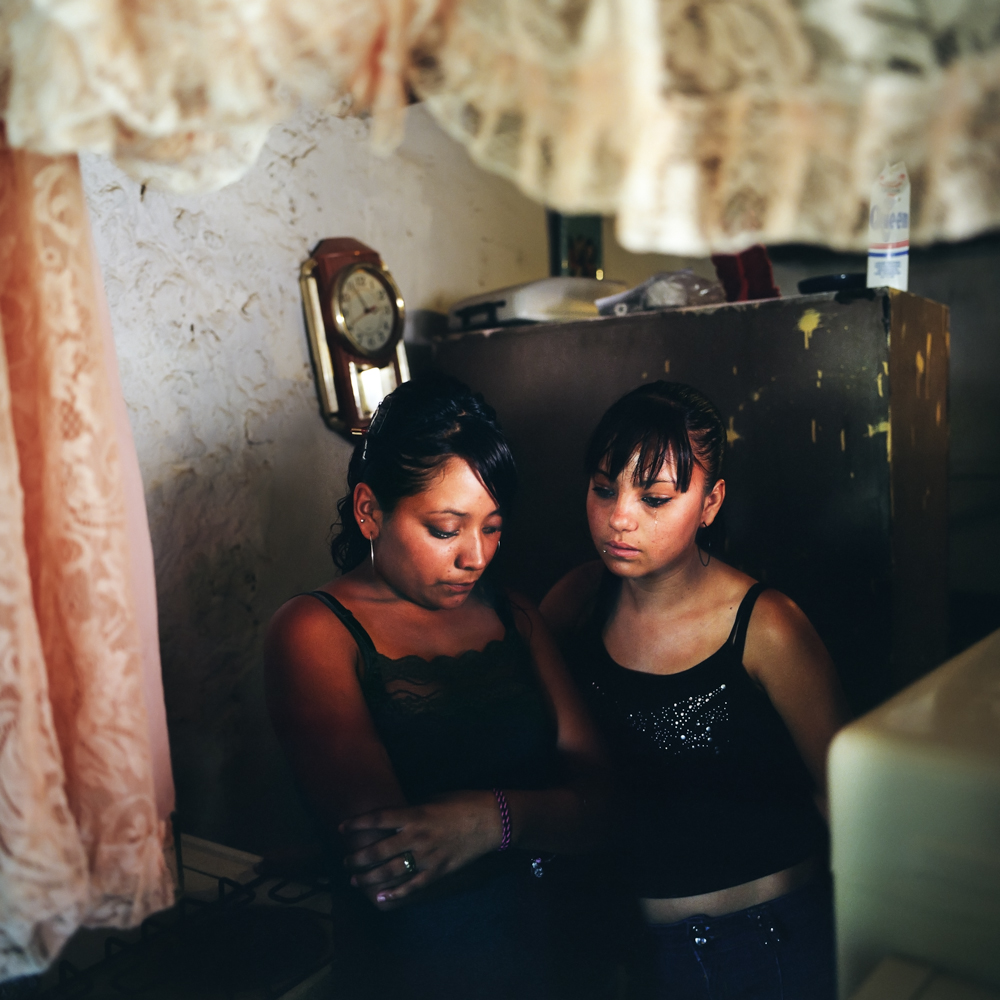Scott Dalton is a photographer based in Houston, Texas. He has spent years working throughout Latin America, including extensive coverage of Colombia, where he lived for over ten years photographing the civil conflict and drug war. He now is working on long-term projects throughout the American South and along the U.S.-Mexico border. Today we share Scott’s series titled Where the River Bends.




Where the River Bends
““Where the River Bends” is a photographic project that explores life along both sides of the U.S.–Mexico border where it divides Ciudad Juárez, Mexico, and El Paso, Texas. Ciudad Juárez is ranked among the most dangerous cities in the world with over 8,000 drug cartel related murders in the last few years; El Paso is one of the safest cities in the United States. Sister cities and alter egos, they are historically connected yet physically and politically divided, their distinct cultures drawn together by geography, tradition, and history, even as violence and politics drive them apart.
This project goes beyond the typical headlines and coverage by showing both sides of the border within a sequence that shifts perspective and location to evoke the fractures and bonds of border life. My goal is that the work will serve as a cross-border dialogue that poses questions about the nature of boundaries and division between cultures.


With this project I am trying to engage with the border as a metaphorical launching point to address a variety of themes. Borders are divisive by intent, emphasizing differences between ethnicities, cultures, economies and nations. The subject is rife with political and social implications for poverty, the drug-war and—perhaps most notably today— immigration. But beyond these ideas I am trying to address what the border represents to the people who actually live there. This is a multifaceted realm that tends to include contradictory perspectives. For example, the border can be a land of opportunity for poor Mexican workers looking for jobs in foreign owned factories in Ciudad Juárez, or viewed as a lawless danger zone to be feared and fenced off by others. I am also interested in the idea of the proximity and possibility of the American Dream and what that means to people on both sides of the border.
This project is unique in that it doesn’t only focus on the differences it also looks at what we have in common, to show how neighboring cities and nations co-exist, despite sometimes complicated and troubled relationships.”








To view more of Scott’s work please visit his website.